Belower Forest
In April, 1945, the Soviet Red Army approached the Sachsenhausen concentration camp north of Berlin. Like other camps threatened by the enemy, the Nazis began an evacuation of the camp’s prisoners before the camp was over runned by the enemy. On April 20th and 21st, about 33,000 prisoners were forced out on a Death march westward away from the advancing Soviet forces. Old, young, women, men, children, sick, healthy, they all were forced out. Only those who were too sick were left in the camp. Several of these were murdered by the SS before they left the camp. Lack of food, diseases, clothing, supplies and out of sheer exhaustion, several of the prisoners died or were killed along the way when they couldn’t keep up any longer.
It was strictly forbidden for the prisoners to seek or receive help from the people along the way and risking being killed if detected. People who tried to help prisoners also risked severe punishment. A few prisoners succeeded escaping along the route. On April 23rd, the number of prisoners had been reduced by half, and in the northen outskirts of Wittstock the SS set up a forest camp in Below. It was surrounded by barbed wire and the prisoners were locked up without food, water or weather protection. The prisoners built shelter from branches and twigs, made soap out of treebark and leaves to curb hunger. The SS guards accommodated themselves in a nearby barn whilst the commandant, SS-Standartenführer Anton Kaindl, found quarter in Below village.
After a few days of total misery, Red Cross arrived and were able to hand out some supplies and a temporary hospital was set up in a building to take care of the prisoners most seriously ill. On May 1st, the Soviet Red Army arrived at Below and was able to free those who remained. The day before, the SS had evacuated most of the prisoners to the north. There they bumped into other death march prisoners from other camps.
There was total chaos and the front approached from everywhere and the column of prisoners was shattered. SS guards realized the inevitable and fled westward away from the russians. Exhausting prisoners just waited in the forests och alongside the roads to be liberated. Between May 2nd and 4th they were liberated by british russian forces.
Current status: Demolished with museum (2025).
Location: 53°15'22.65" N, 12°28'03.64" E
Get there: Car.
Follow up in books: Daniel Blatman, Chaya Galai’s: The Death Marches: The Final Phase of Nazi Genocide (2010).
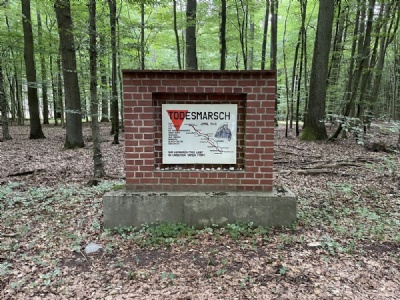
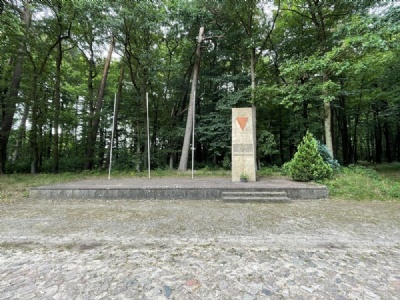
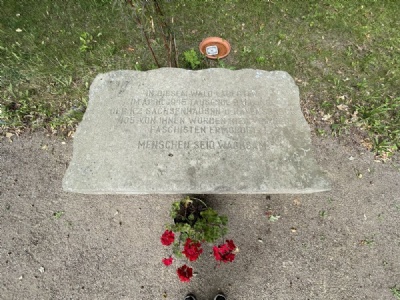
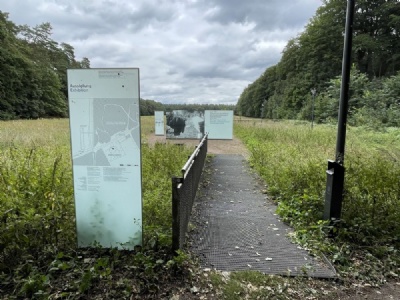
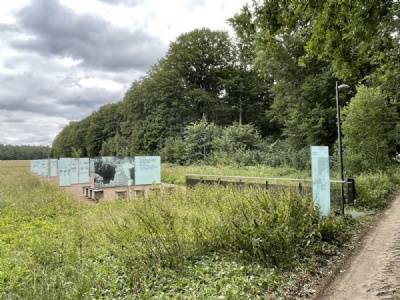
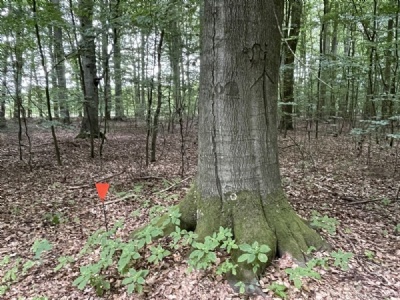
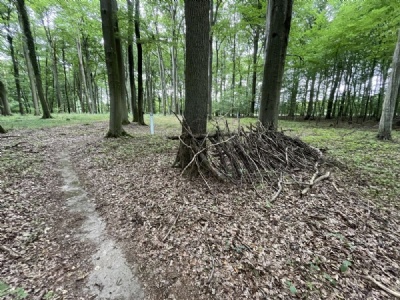
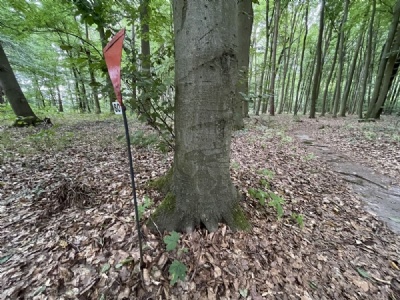
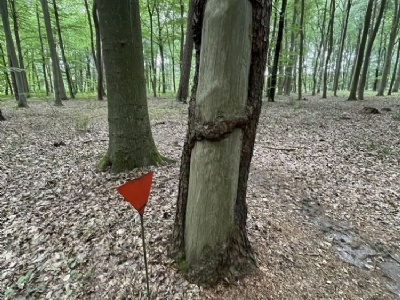
In the mid-sixties, the east German regime erected a minor monument on the site. About ten years later, this was replaced by a larger monument. Behind the monument, a path was set up in the forest with red triangles next to trees that in one way or another carried traces from the tragic days in Apri, 1945. In the early nineties, the museum and monument was exposed to arson and vandalism by neo-Nazis. Since 2010 there is an outdoor exhibition and the path in the forest with the red triangles has been supplemented with information boards.